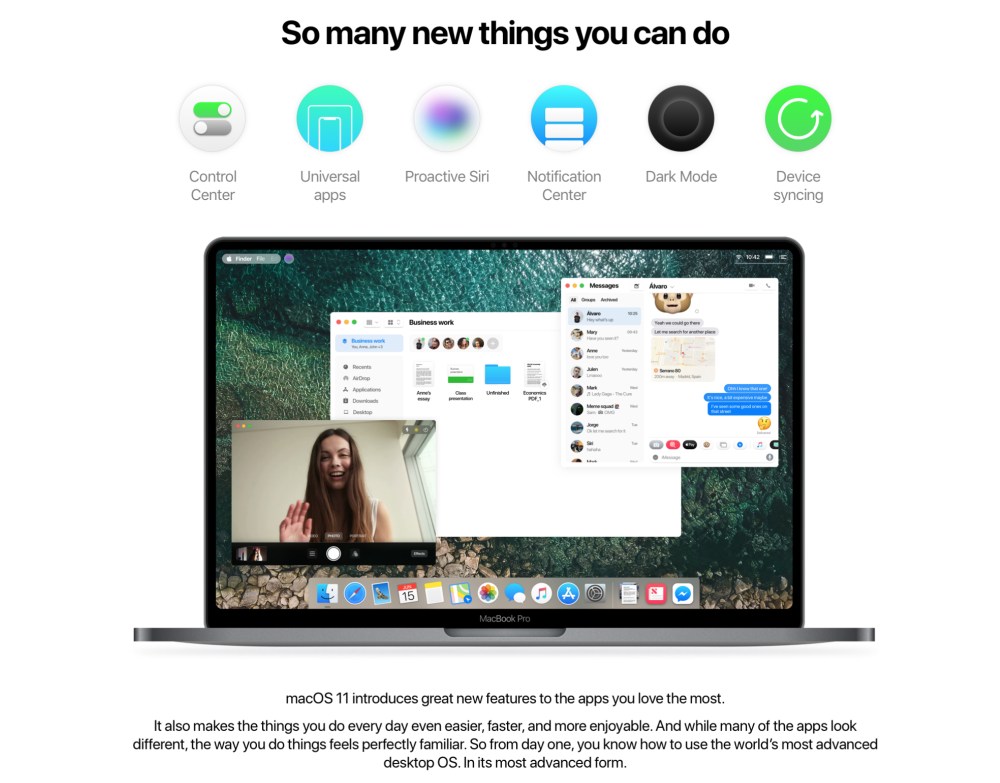What is macFUSE?
Macos 11 13 5 Lug
macFUSE allows you to extend macOS's native file handling capabilities via third-party file systems. Terraria ios latest update.
Features
Before Mojave was, macOS High Sierra, with the 10.13.6 update being the most recent. High Sierra is available here. If you want an older version of macOS take a look at our article about getting. Before Mojave was, macOS High Sierra, with the 10.13.6 update being the most recent. High Sierra is available here. If you want an older version of macOS take a look at our article about getting.
As a user, installing the macFUSE software package will let you use any third-party FUSE file system. Legacy MacFUSE file systems are supported through the optional MacFUSE compatibility layer.
As a developer, you can use the FUSE SDK to write numerous types of new file systems as regular user space programs. The content of these file systems can come from anywhere: from the local disk, from across the network, from memory, or any other combination of sources. Writing a file system using FUSE is orders of magnitude easier and quicker than the traditional approach of writing in-kernel file systems. Since FUSE file systems are regular applications (as opposed to kernel extensions), you have just as much flexibility and choice in programming tools, debuggers, and libraries as you have if you were developing standard macOS applications.
Macos 11 13 5 Esv
How It Works
In more technical terms, FUSE implements a mechanism that makes it possible to implement a fully functional file system in a user-space program on macOS. It provides multiple APIs, one of which is a superset of the FUSE API (file system in user space) that originated on Linux. Therefore, many existing FUSE file systems become readily usable on macOS.
The macFUSE software consists of a kernel extension and various user space libraries and tools. It comes with C-based and Objective-C-based SDKs. If you prefer another language (say, Python or Java), you should be able to create file systems in those languages after you install the relevant language bindings yourself. Wireless bluetooth keyboard and mouse.
The filesystems repository contains source code for several exciting and useful file systems for you to browse, compile, and build upon, such as sshfs, procfs, AccessibilityFS, GrabFS, LoopbackFS, SpotlightFS, and YouTubeFS.
By Abby Poole to macOS Tips, Apple Resources | Last Updated on Dec 7, 2018

Macos 11 13 5 13
Summary: If you have lots of problems with macOS High Sierra 10.13 update and attempt to degrade back to macOS Sierra. This guide will show you 5 essential steps for getting started with macOS High Sierra 10.13 downgrade so that you can move back to macOS 10.12 without data loss.
Macos 11 13 5 0
macOS High Sierra 10.13 to be released this Fall is Apple's next major OS update for Macs, designed to improve and redefine macOS Sierra, wtih more features, e.g. HEVC support for more storage of photos, new autoplay blocking features in Safari, Intelligent Tracking Prevention, more Mail storage, a new file system, etc, but doesn't necessarily means smooth operation. Problems with macOS High Sierra 10.13 such as password security problem, App incompatibility error, the battery life, performance problems, WiFI issues, installation problems, app damage, slow operation, overheating and iTunes not working upset many Mac OS fans and drive them in haste to downgrade macOS High Sierra 10.13 to macOS Sierra or previous Mac OS X.
